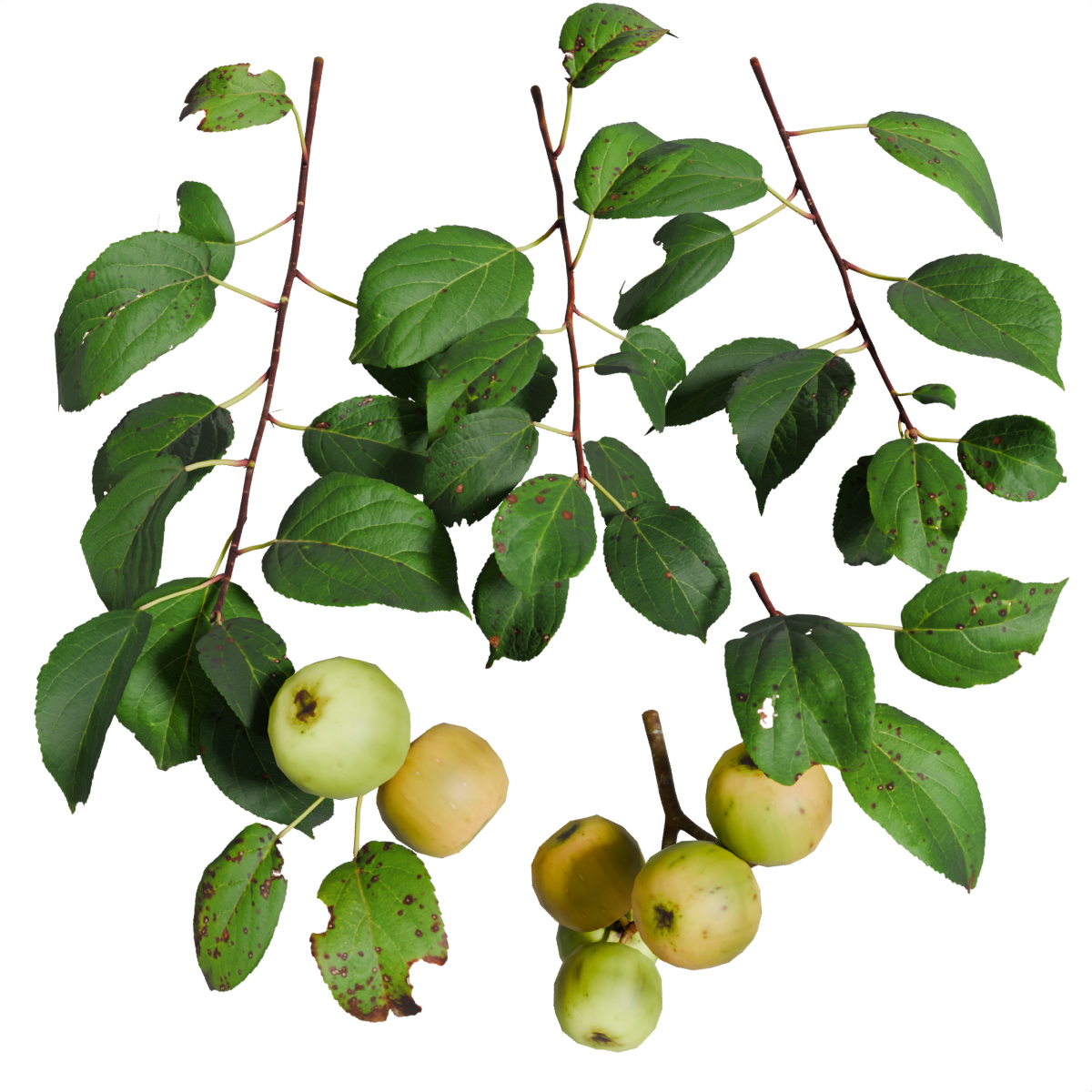Wild apple
Wild apple
Malus sylvestris – Wild apple, European crab apple
Centuries ago, wild apple trees used to grow along forest edges all across Europe, but since then apples have been losing ground to more competitive trees and have become exceedingly rare.
It doesn’t help that the fruit of this tree is much smaller compared to the juicy apples in the grocery store. Which would you prefer to plant in your garden? Moreover, the taste of wild apples is nowhere near the new apple varieties, which were created through a lengthy process of selection and cross-pollination. This domestication likely began thousands of years ago with several wild species of apple from Asia, and later, the European apple was added to the mix.
As a tree, wild apples are much more subtle in every way – smaller fruit, smaller leaves… The many small apples are very decorative, it’s a nice tree and it deserves a come-back! And that may just happen. Why? Well, unlike the shiny, juicy, tasty new apple varieties with catchy names and sometimes even patents stuck onto then, the wild originals have evolved through many thousands of years, and have adapted to all sorts of diseases, insect damage and also climate change. Wild apples turn out to be much more resistant to all these things, and people are starting to take an interest.
It’s great to have all kinds of exotic trees brought in from all over the world to plant in parks and streets, but out in nature, it’s worth stimulating native trees instead. They’ve been around long enough for insects to have adapted to them. Native trees have so many more insects living and depending on them. Trust me I know, my twig capture setup is crawling with the tiniest of critters with native twigs.
